
None of those votes led to any permanent changes. But votes by Puerto Ricans alone can't change the island's status. Since Puerto Rico is a U.S. territory, it's up to the U.S. Congress to pass a statute to change the situation.
An Unincorporated Territory
The United States claimed Puerto Rico after defeating Spain in the Spanish-American War in 1898. It designated Puerto Rico as an unincorporated territory. The United States used that designation to acquire overseas territories without providing a clear path to statehood for them.
Initially, the U.S. military controlled Puerto Rico. But in 1900, the U.S.
Congress passed the Foraker Act. It set up a "temporary civilian government," which gave Puerto Rico some autonomy. Puerto Ricans elected representatives to a one-house legislative assembly. They also elected a non-voting resident commissioner with limited powers to represent Puerto Rico's interests in the U.S. Congress. But the U.S. president appointed the territorial governor as well as an executive council. The president also appointed judges to a supreme court. Meanwhile, U.S. federal laws went into effect on the island.
In 1917, the United States passed the Jones-Shafroth Act. Puerto Rico's legislative body was expanded from one house to two houses-a House and a Senate. Both houses were elected by Puerto Ricans. The resident commissioner remained non-voting, but that office was granted more privileges in Congress. But the U.S. president still appointed the governor and more than half of the department heads. And the U.S. president and the governor retained veto power over the Puerto Rican legislature.
This story is from the March 2023 edition of Cobblestone American History Magazine for Kids.
Start your 7-day Magzter GOLD free trial to access thousands of curated premium stories, and 8,500+ magazines and newspapers.
Already a subscriber ? Sign In
This story is from the March 2023 edition of Cobblestone American History Magazine for Kids.
Start your 7-day Magzter GOLD free trial to access thousands of curated premium stories, and 8,500+ magazines and newspapers.
Already a subscriber? Sign In
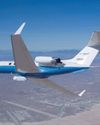
Eye in the Sky
An interview with Joe Piotrowski
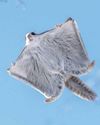
Airborne Animals
Humans have taken to the skies in balloons, gliders, and airplanes-but we're not alone among the clouds. Animals of all sorts have evolved to harness wind power.
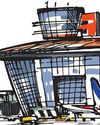
TAKING OFF
The Wright brothers expected airplanes to “take off,” but even they might be amazed at the way the airline industry has become big business. In the past, it was expensive to send something by plane.

GROWTH OF AN INDUSTRY
After their historic flight at Kitty Hawk in 1903, Wilbur and Orville Wright returned to Dayton, Ohio. They spent the next few years making adjustments and building additional versions of their powered aircraft in their bicycle shop.
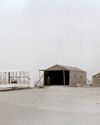
WHY KITTY HAWK?
The Wright brothers searched carefully for the best place to test their gliders and flying machines. Their main concern was for good, steady winds. But they also hoped to find a remote location to allow them to perform tests away from the public eye.
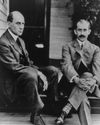
Two Brothers From Ohio
Most people do not realize that the Wright brothers—Wilbur, born in 1867, and Orville, born in 1871—performed various scientific experiments before inventing their aircraft. For as long as anyone in their hometown of Dayton, Ohio, could remember, the Wright boys had worked on mechanical projects.
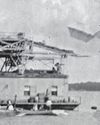
A Helping Hand
May 6, 1896. A group of people who had gathered beside the Potomac River, just south of the U.S. capital, grew quiet. Then, it erupted in cheers as a small, unmanned aircraft took to the skies and flew for more than half a mile. The flight came seven years before the Wright brothers’ first manned, powered flight. The inventor of the aircraft was Dr. Samuel Pierpont Langley.
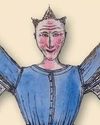
THE IDEA MEN
People dreamed of flying thousands of years before the Wright brothers found success near Kitty Hawk, North Carolina. These dreamers, such as Leonardo da Vinci, studied birds flying and imagined how humans might do the same—if only they had wings. Other men developed a more hands-on approach to the topic. Early inventors made wings of cloth, glue, and feathers and tied these creations to their arms in an attempt to imitate nature.
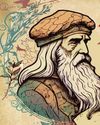
Da Vinci's 4 Designs
Have you ever wondered how a bird flies? Leonardo da Vinci (1452–1519) did. He thought that understanding how a bird flies would provide the key to human flight. So, what did da Vinci learn from birds?

Silken Wings
Seven hundred years before the Wright brothers began experimenting with human flight, the Chinese had already mastered its secrets—with kites.